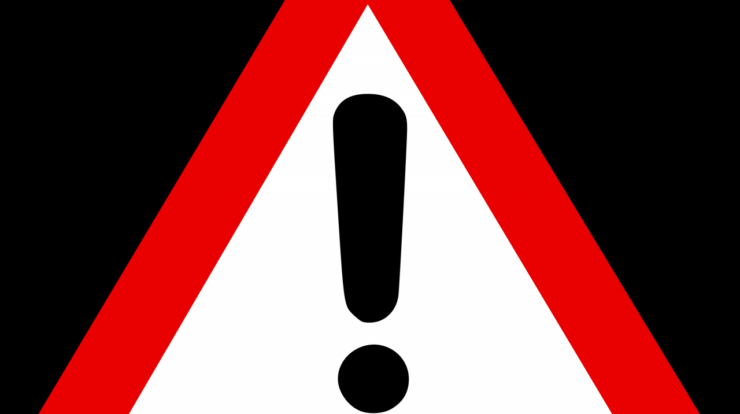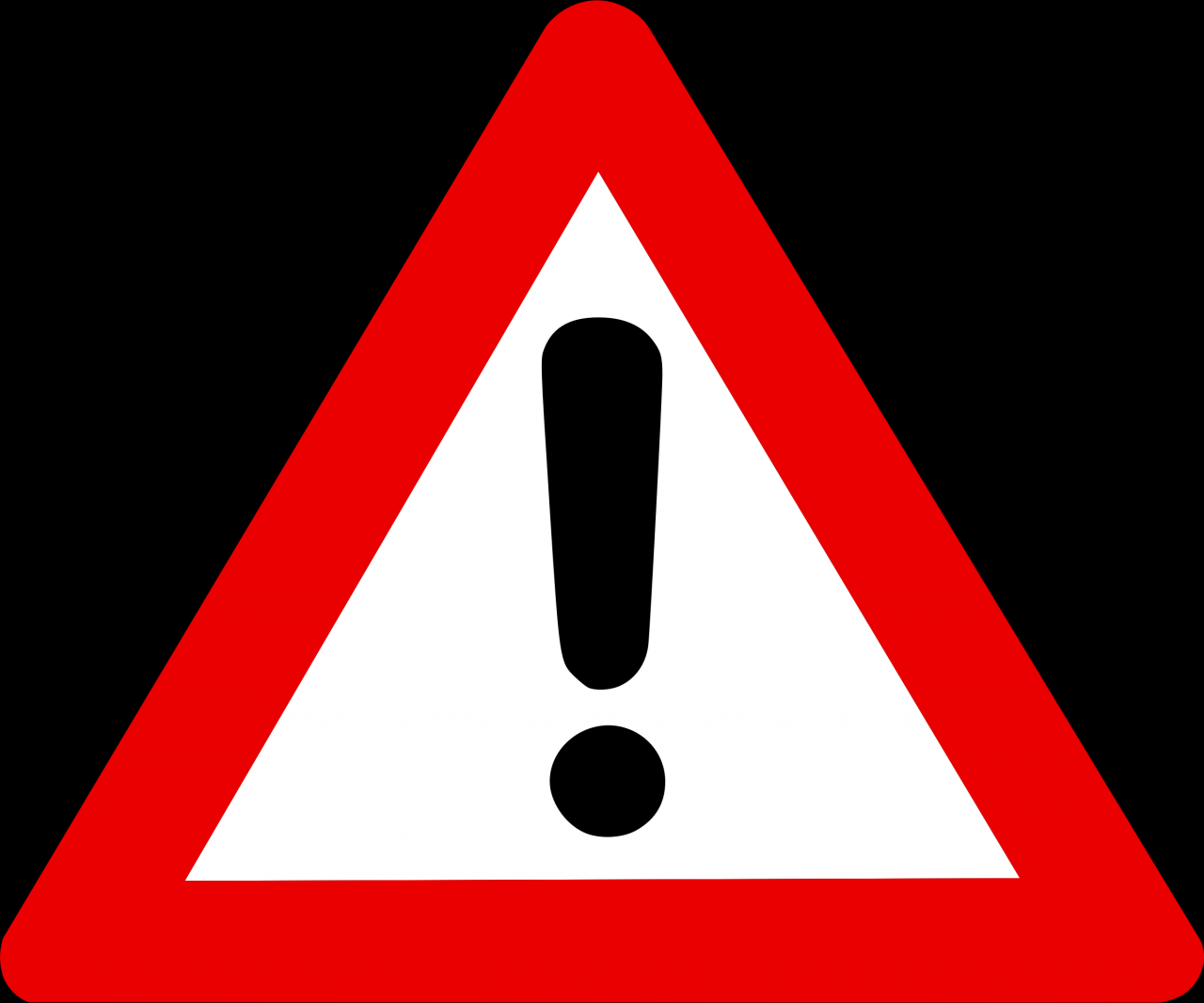
Is watch or warning worse – When it comes to severe weather, every second counts. Understanding the difference between a watch and a warning can make all the difference in your safety. In this comprehensive guide, we’ll delve into the nuances of these critical weather alerts, exploring their severity, impact on public safety, and the crucial role of weather forecasting in keeping us informed and prepared.
As we navigate the complexities of weather patterns, it’s essential to equip ourselves with the knowledge to decipher the significance of these alerts and respond appropriately. Let’s embark on this journey of meteorological understanding, ensuring that we stay one step ahead of the elements.
Severity of Watch vs. Warning

In the realm of weather alerts, understanding the distinction between a watch and a warning is crucial for public safety. A watch indicates the possibility of a severe weather event occurring, while a warning signifies that the event is imminent or already underway.
A watch typically provides a lead time of several hours, allowing individuals to prepare for potential threats. It suggests that conditions are favorable for a specific weather hazard, such as tornadoes, hurricanes, or severe thunderstorms. On the other hand, a warning is issued when the event has been detected or is expected to occur within a shorter timeframe, usually less than an hour.
Celebrate the rich history and vibrant culture of the Netherlands on Kingsday Netherlands , a day of national unity and pride. This annual event honors the Dutch monarchy and showcases the country’s unique traditions and customs. From the iconic orange attire to the lively street parties, Kingsday is a spectacle not to be missed.
It signifies a more immediate danger and requires prompt action to ensure safety.
Impact on Public Safety, Is watch or warning worse
Both watches and warnings play a vital role in protecting public safety. When a watch is issued, it prompts individuals to stay informed about weather updates and prepare for potential threats. It may involve securing loose outdoor items, identifying shelter locations, and having an evacuation plan ready.
Discover the Elkhorn Nebraska Tornado , a comprehensive guide to the history, safety, and recovery efforts surrounding this catastrophic event. This insightful resource provides valuable information on how to prepare for and respond to tornadoes, ensuring the safety of individuals and communities.
In contrast, a warning necessitates immediate action, such as seeking shelter in a safe location, following evacuation orders, and avoiding areas that may be affected by the event.
Ignoring a watch or a warning can have serious consequences. Failure to take appropriate precautions during a watch can increase the risk of injury or damage if the severe weather event materializes. Similarly, ignoring a warning can put individuals in immediate danger and compromise their safety.
Communication and Dissemination
Timely and accurate communication of watches and warnings is essential for public safety. These alerts are typically disseminated through various channels, including television, radio, mobile phone alerts, and social media. Weather authorities and emergency management agencies collaborate to ensure that information reaches the public as quickly as possible.
Effective communication involves using clear and concise language, avoiding technical jargon, and providing specific instructions on what actions to take. It also includes providing regular updates on the situation, including the expected time of arrival and potential impacts of the weather event.
Witness the power of nature in its most destructive form with the Lincoln Nebraska Tornado . This devastating storm left a trail of destruction in its wake, highlighting the importance of safety and preparedness during severe weather events. The community’s resilience and unwavering spirit shine through as they work together to rebuild and recover.
Role of Weather Forecasting
Weather forecasting plays a crucial role in issuing watches and warnings. Meteorologists use advanced technology and data to predict the likelihood and severity of severe weather events. They analyze weather patterns, satellite imagery, and computer models to determine the potential for hazardous conditions.
However, weather forecasting is not an exact science, and there are always uncertainties and limitations. While meteorologists strive to provide accurate predictions, there may be instances where the severity or timing of an event is difficult to anticipate.
Public Perception and Response
Public perception and response to watches and warnings can influence their effectiveness. Trust in weather alerts is essential for individuals to take appropriate action. Factors such as previous experiences, media coverage, and personal beliefs can shape how the public perceives and responds to these alerts.
Building public trust requires transparent and accurate communication from weather authorities. It also involves educating the public about the importance of weather alerts, the potential risks associated with severe weather events, and the appropriate actions to take when a watch or warning is issued.
Concluding Remarks
In the realm of weather preparedness, understanding the distinction between a watch and a warning is paramount. By recognizing the severity of each alert, we can make informed decisions that safeguard our well-being and minimize the impact of inclement weather.
From the vibrant streets of Kingsday Netherlands to the regal King’ himself, the Netherlands celebrates its rich history and culture with pride. This royal celebration, a testament to Dutch unity, fosters a sense of community and togetherness. However, nature can sometimes disrupt the festivities, as witnessed in the devastating Lincoln Nebraska Tornado and the comprehensive guide to history, safety, and recovery in Elkhorn Nebraska Tornado provides invaluable information for those affected by such events.
Remember, every weather event is unique, and it’s crucial to stay informed, heed the advice of experts, and prioritize safety.
Quick FAQs: Is Watch Or Warning Worse
What’s the difference between a watch and a warning?
A watch indicates that conditions are favorable for severe weather to develop, while a warning means that severe weather is imminent or already occurring.
What should I do when a watch is issued?
Stay informed about weather conditions, have an evacuation plan ready, and be prepared to take shelter if necessary.
What should I do when a warning is issued?
Take immediate shelter in a sturdy building, stay away from windows, and listen to local news for updates.





